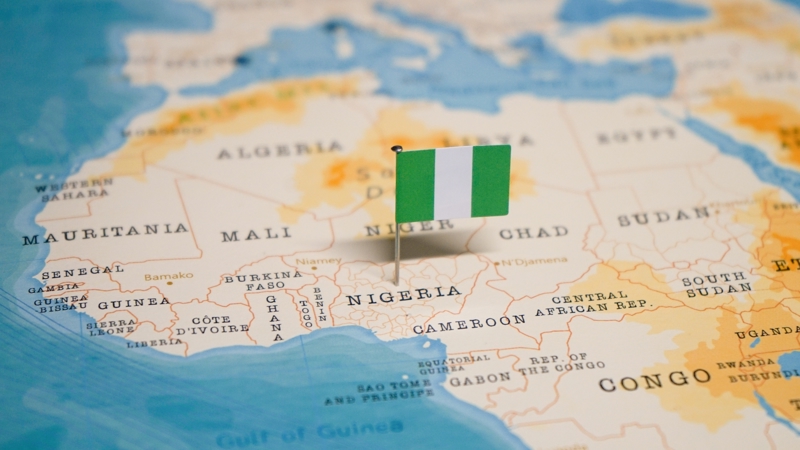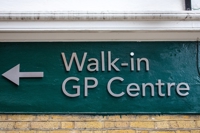
Frontier’s research for UNICEF highlights the economic costs of the on-going conflict in North East Nigeria.
The immediate costs of conflict are as visible as they are tragic. Death and suffering are best measured and described in their own terms, which is why we include a section on “voices” in the report. Conflicts also have longer term, and less visible effects.
For every year of conflict, a country will miss opportunities for growth and development that it would otherwise have had in the absence of conflict. GDP measures the value of goods and services produced in a country. While it is an incomplete measure of economic activity and a country’s prosperity, it does provide a recognisable metric that can capture lost growth and development opportunities.
Our headline results are as follows:
- In 2021 we estimate that annual Nigerian GDP was US$12.6bn to US$15.4bn lower, compared to what it would have been in the absence of conflict.
- Over the entire conflict period modelled i.e. 2008 to 2021, we calculate cumulative costs of between around 90 and 113 billion dollars.
- We found human capital effects could result in future GDP reductions of around 0.55%, which is worth around $3bn per year, or around the amount of net annual development assistance received by Nigeria in 2021.
How did we measure these costs? We used an econometric model to capture the differences between growth under conflict, and what growth would have been had Nigeria been free of conflict.
The counterfactual world in which Nigeria was free of conflict is not observable, so we used an econometric model to capture how it differs from the actual world. Our econometric model considered national GDP over time as estimated as a function of a range of factors. These include: country fixed effects (to capture their prevailing level of development and all the specific factors that affect this.), and time-varying country factors (sector mix, population density, natural resource rents, and growth in physical capital), and annual average global growth rates.
We also included variables that capture the intensity of conflict. These show the additional effect on national GDP as a result of the conflict occurring. That is, given what we know about a country’s level of development and the factors that affect it, and global macroeconomic conditions in that year, the model will tell us that conflict causes GDP to be x% lower that it would otherwise have been.
The conflict intensity variables we used are the numbers of Internally Displaced Persons (IDPS), asylum seekers and conflict-related deaths as a share of the population. These variables capture the variation in intensity of conflicts and controls appropriately for country scale. These variables were selected from a wider array on the basis of explanatory power and ability to capture the persistent effects of conflict, i.e. the fact that countries do not return to their non-conflict GDP path the moment a conflict ends.
Our analysis only captures effects on the annual output (GDP) of the Nigerian economy. Other monetary costs would include damage and destruction to property. The non-monetary impacts arising from trauma, death and displacement are not considered, but will be extensive.










